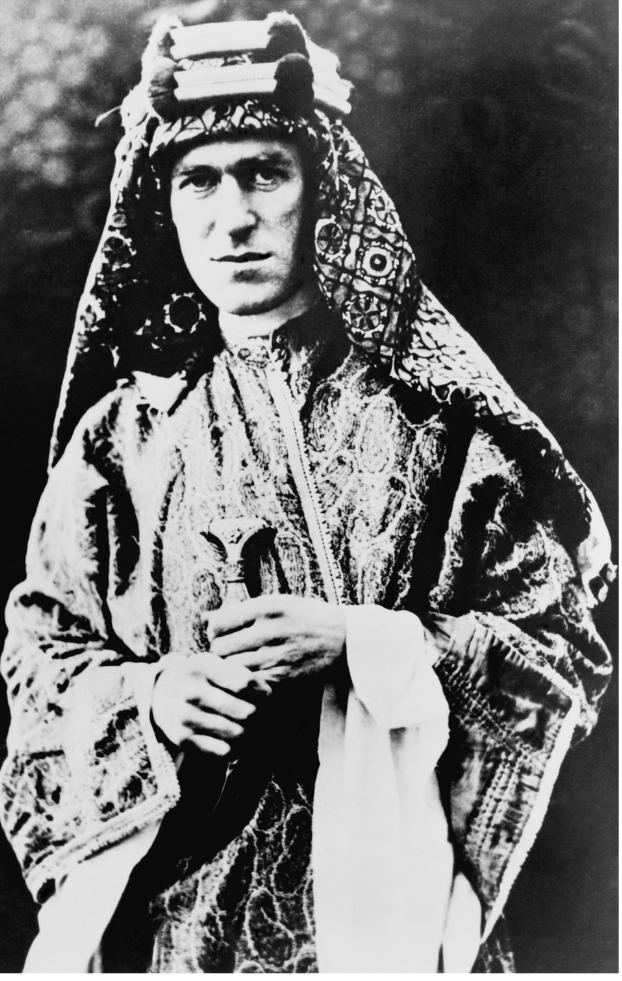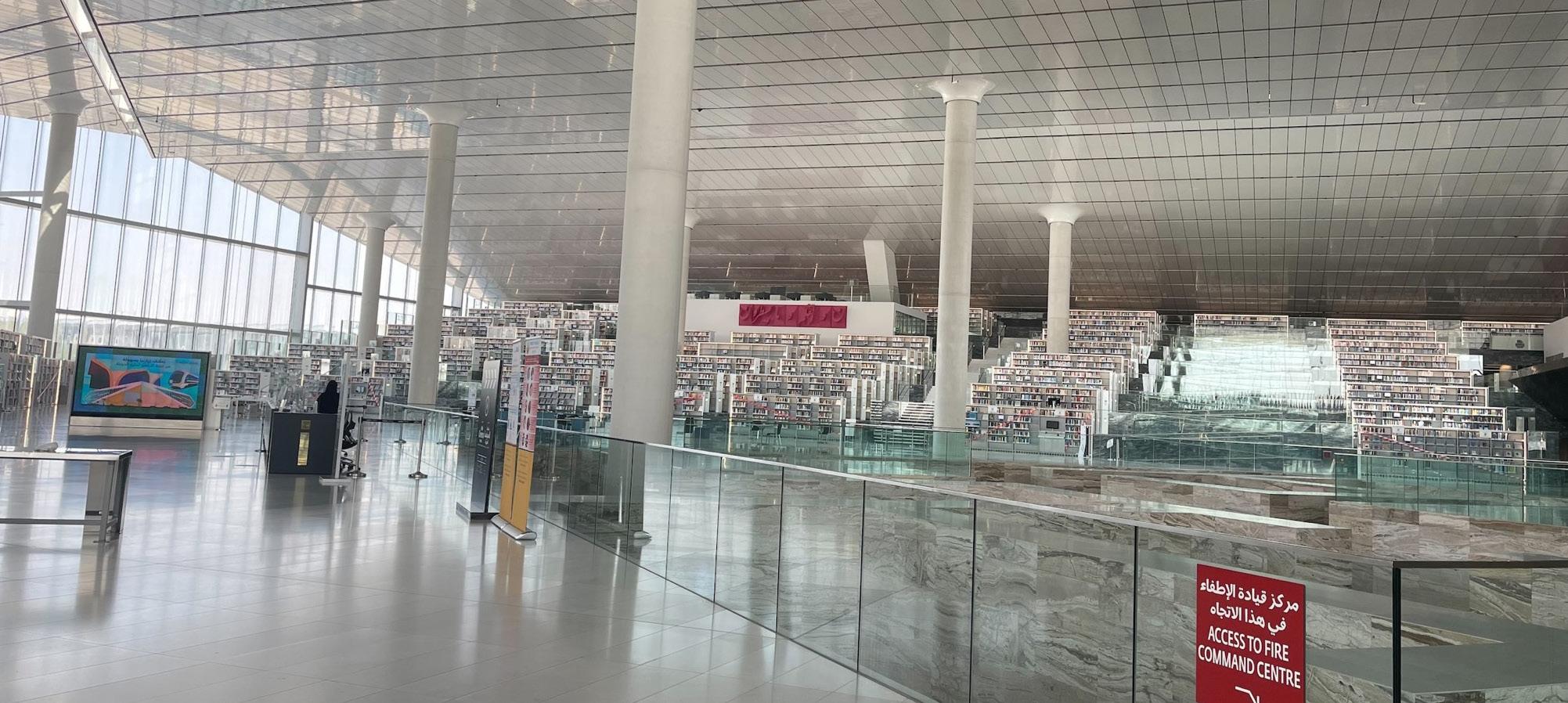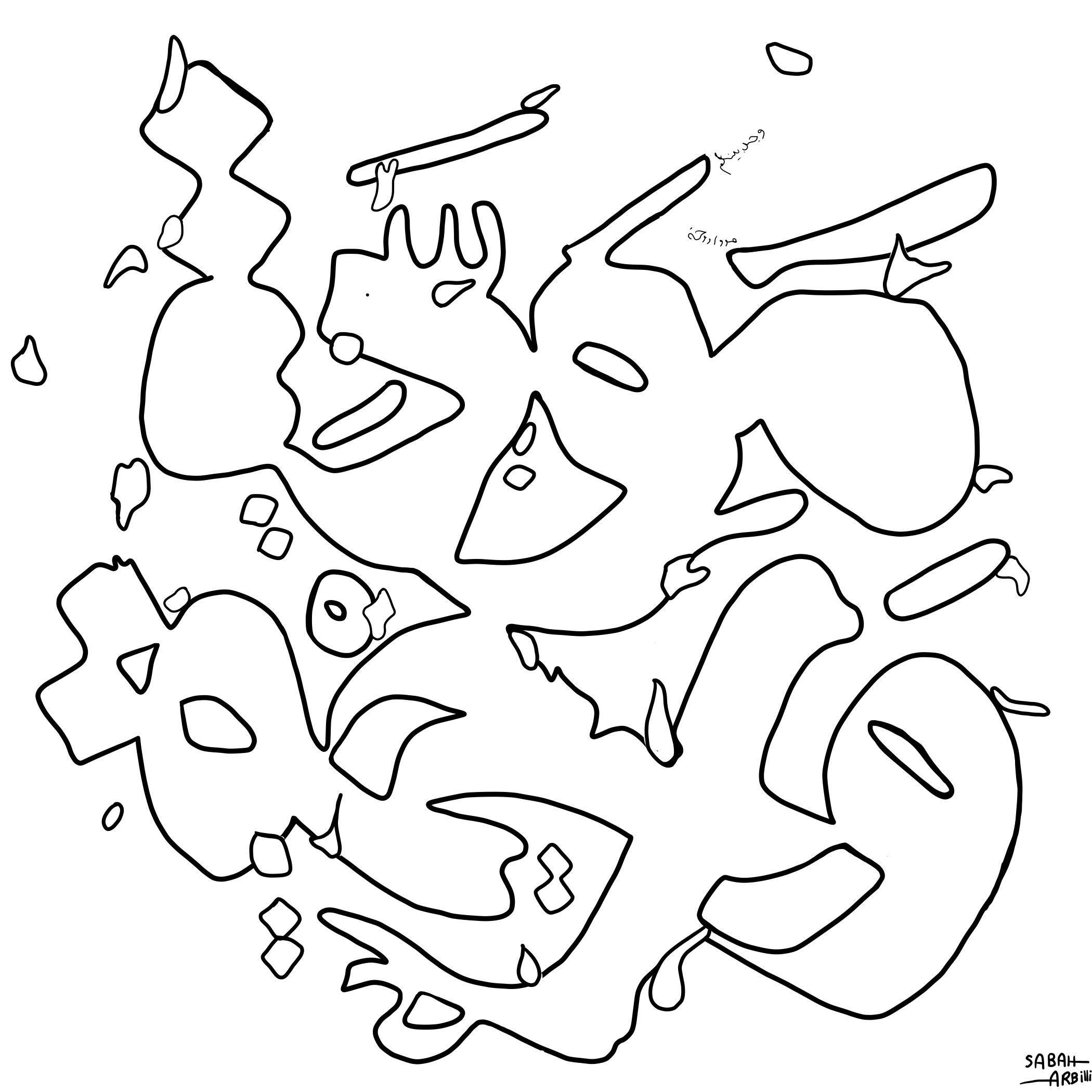
4 minute read
Orientalism and the Image of Arab Cinema in QNL’s Exhibition Arab Cinema Posters: Art and Memory by Anusheh Zaman
from A2Q - Issue One
by QatarAmerica
Orientalism and the Image of Arab Cinema in QNL’s Exhibition, Arab Cinema Posters: Art and Memory
by Anusheh Zaman
Advertisement
On November 25, 2020, The Qatar National Library (QNL) premiered Arab Cinema Posters: Art and Memory. The exhibition showcases a variety of 20th-century Arab Cinema posters from the Library's heritage collection. Such posters placed inside and outside the cinema halls were the primary advertising tool for films. However, more than just showing the plot or advertising the movie, film posters exhibit a soft power of reflecting cultural and societal representations. The exhibition highlights how these posters reflected Arab societies and contestes the negative representation enforced by Orientalism.
Palestinian-American scholar Edward Said was the founder of post-colonial studies whose work redefined the concept of Orientalism. The Orient refers to cultures and peoples outside the Western lens of Western culture. Orientalism refers to the West’s selective, prejudiced seeing of the East heavily influenced by the "Us vs. Them" mentality of European imperialists. Under the auspices of 20th Century colonization, the development of stereotypes and misrepresentation simultaneously came about. Some of that misrepresentation still looms over Arab and Islamic societies today. Some common Western depictions of said cultures

Qatar National Library. Doha, Qatar. Photo courtesy of Anusheh Zaman
include being short-tempered, superstitious, culturally backward, misogynistic, violent, and extreme.
Far from being a bygone trend of a former era, we find such Orientalist elements and stereotypes aplenty in modern cinema. Some examples include the depiction of Arabs and Indians in the Indiana Jones series, an Egyptian character in The Mummy portrayed as loud, unhygienic, and unscrupulous, and the heavily-accented caricatures present in the Aladdin films. While filmmakers might see such portrayals as harmless or without ill-intent, the depictions continue to influence audience attitudes towards real-world Middle Eastern counterparts.
Arab Cinema Posters aims to challenge these stereotypes through the celebration of Arab Cinema and its significance in the effort to educate the global community about the realities of Arab life and peoples. The exhibition delves into Gulf and Arab Cinema's chronology and analyzes the relationship between local cinema and society.
Egypt was the pioneering nation for Arab Cinema, where film production and screenings began in 1907. It was also the birthplace for Arab Cinema posters, inspired by Greek artists. Egyptian artists Ahmed Fouad and Ragheb Jasoor were the trailblazers of this craftsmanship. Apart from exploring various themes, the exhibition also celebrates the craft and designs of film advertisement via posters. The posters are a depiction of bright colors, Arabic calligraphy, and various graphics tying to convey the film's concept and plot. The first Gulf cinema opened in Manama, Bahrain in 1937 which screened Widad. Despite forming an official public space to screen movies, the community still preferred to watch movies in private diwans and majlises. The early experiences for movies in Qatar occurred in Dukhan through the Oil companies, later on private screenings at homes and majlises became more frequent.
Starting in the mid-1950s, cinema became a platform to raise awareness for equal human rights, social justice, and cultural awareness. Films such as Fi Baytena Rajul (There is a Man in the House, 1961) and Al-Ard (The Land, 1969) highlighted domestic, economic, and political issues in the colonization period, immensely affecting the working class. Cinema also became a powerful platform to raise awareness and advocate for women's rights.

Qatar National Library. Doha, Qatar. Photo courtesy of Anusheh Zaman.
Hence, films such as Al-Ustaza Fatima (Miss Fatima) and Djamila (1958) were produced and screened to signify their rights and commemorate the role of women in Arab society and in liberating their countries.
Nationalism and folktales were popular topics in Arab Cinema, especially during the 1950s and 1960s. They introduce audiences to the importance of their national values during significant political events and fight for their independence. One example is Ard Al-Abtaal (The Land of Heroes), which highlights the Palestinian people's struggle. Similarly, folktales and legends were very popular in Arab Cinema. These tales and stories were depicted in an Oriental inspired setting but based on Arab Islamic heritage, depicting good and evil within stories. This is significant as, unlike previous Oriental representations, which had a strong Western presence, these films were shown from Arab and Islamic culture. Prominent examples include Elf Laila wa Laila (A Thousand and One Nights, 1964) and 40 Thieves (1942). An American graphic designer once said, "I love the big scale and immediate impact of posters. They're my favorite things to design." The posters selected for QNL’s exhibition were chosen because their films addressed issues such as modernity, humanitarian and national interests, and social change.
In addition, the graphic elements and images combined to portray these stories bridged a significant and emotional connection with the audience. In addition, provided a glimpse of the plot as well as the different Arab histories and societies portrayed in the films. Representation is significant and crucial when it comes to sharing stories especially for the Arab Community, hence this exhibition celebrates and educates visitors about the personal, cultural and social significance of these posters for the Arab film industry and community. In addition, this exhibition also acknowledges the expansion of the Middle Eastern regional film industry has expanded the opportunities for Arabs to tell their own stories in their own words.











